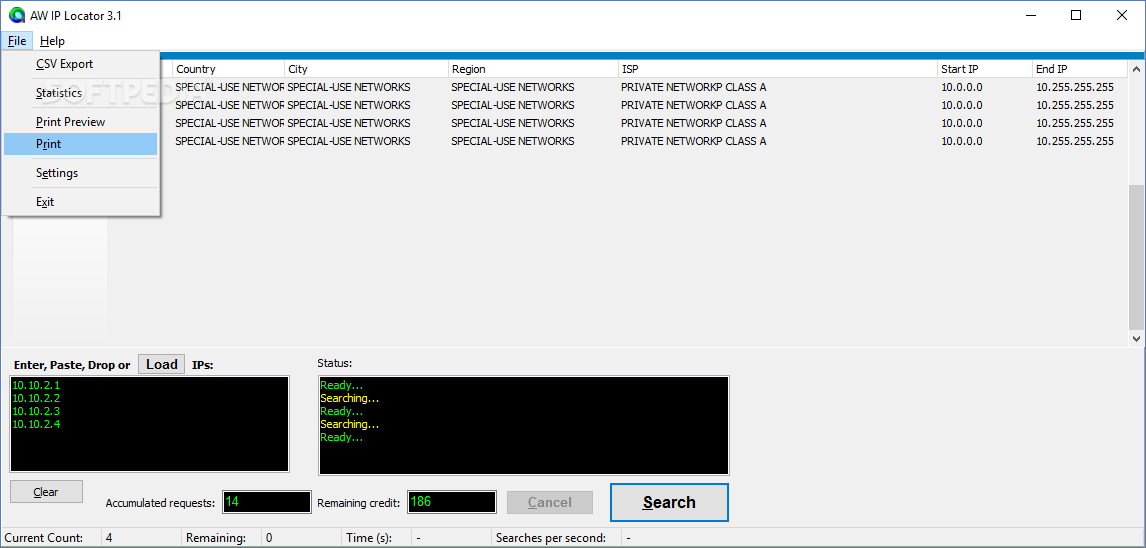


Technically, there are plenty of technologies already available to share an IP address when providing one-way communication. Cloudflare is an excellent example of how this can work. It will be even much more effective to protect them from cyber attacks that way. Theoretically, it is possible to put all of our over 300 million worldwide active websites behind a single anycast IP address, or just a few of them for redundancy. And since websites work with hostnames, it is perfectly suitable to hook them up behind a shared IP address. Websites, on the other hand, are not expected to reach out or initiate a connection. We even hope they don’t, otherwise, it would give rise to significant security challenges. For instance, when we browse the internet, we initiate the connection ourselves, and we don’t expect websites or other web service providers to stay actively connected to our devices. However, most of our internet activities are perfectly suitable for one-way communication only. It is because we only need a dedicated, publicly routable IP address when we require two-way communication such as when we need to be able to reach out at will and also to receive incoming connection requests from the outside world.

It has just become a cherished commodity, and it is here to stay.
#Exact ip locator for free#
Well, to some extent there is, as it is almost impossible to get some for free anymore even if it is vital for your business. There isn’t a real shortage of IPv4 addresses, after all. The main reason is probably the most surprising one – There are many reasons why IPv6 is not taking flight. However, it has not happened even though two decades have passed since it was introduced. IPv6 was created to solve the global shortage of IPv4 address space by providing a whopping 2 128 extension. When we refer to an IP Geolocation, we are considering the IPv4 address space first because most of our web traffic is still coming from IPv4 addresses. It then outlines conceptual limitations we should be aware of, and to what extent we can trust the data we receive. This article addresses the fundamentals of IP Geolocation and then explains the best accuracy and outcomes we can theoretically expect out of ‘perfect’ IP Geolocation. The goal of this article is not to compare different IP Geolocation providers.Ĭheck out the Daily IP Geolocation Accuracy Report for various service providers. Please see our blog post here for more details on how conventional IP Geolocation services operate. The reality varies widely because not all IP Geolocation services are made the same, and they often utilise different technologies to source their data. One of the most popular myths is that the IP Geolocation is inaccurate because it is based on public data and that it usually points to the organisation’s headquarters location rather than the real user’s location. We can find many complaints on forums such as IP addresses not showing the correct location or only country-level data being reliable. IP Geolocation accuracy has been one of the heavily debated topics for many years across many platforms. IP geolocation has proved itself as the main driving engine for delivering location-based services such as content localisation, digital rights management, customer targeting and fraud detection.īut how accurate is an IP Geolocation lookup? Can we trust it to make critical business decisions? It is the only non-intrusive tool a service provider can use to estimate the geographical location of online visitors. IP geolocation technology has been around for a long while.


 0 kommentar(er)
0 kommentar(er)
